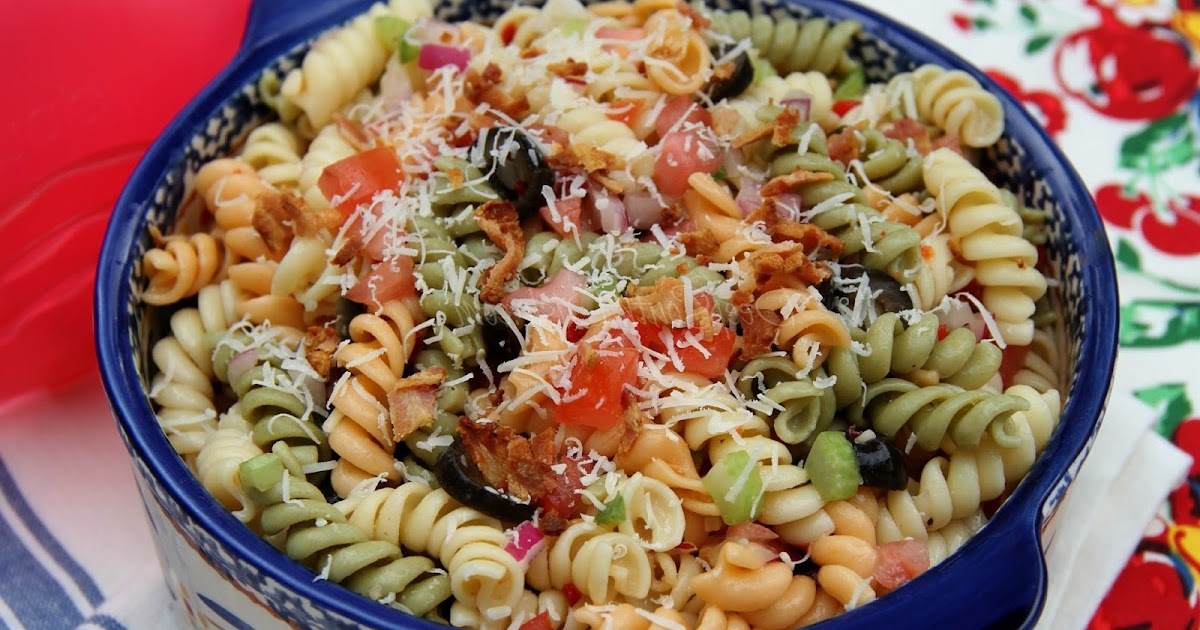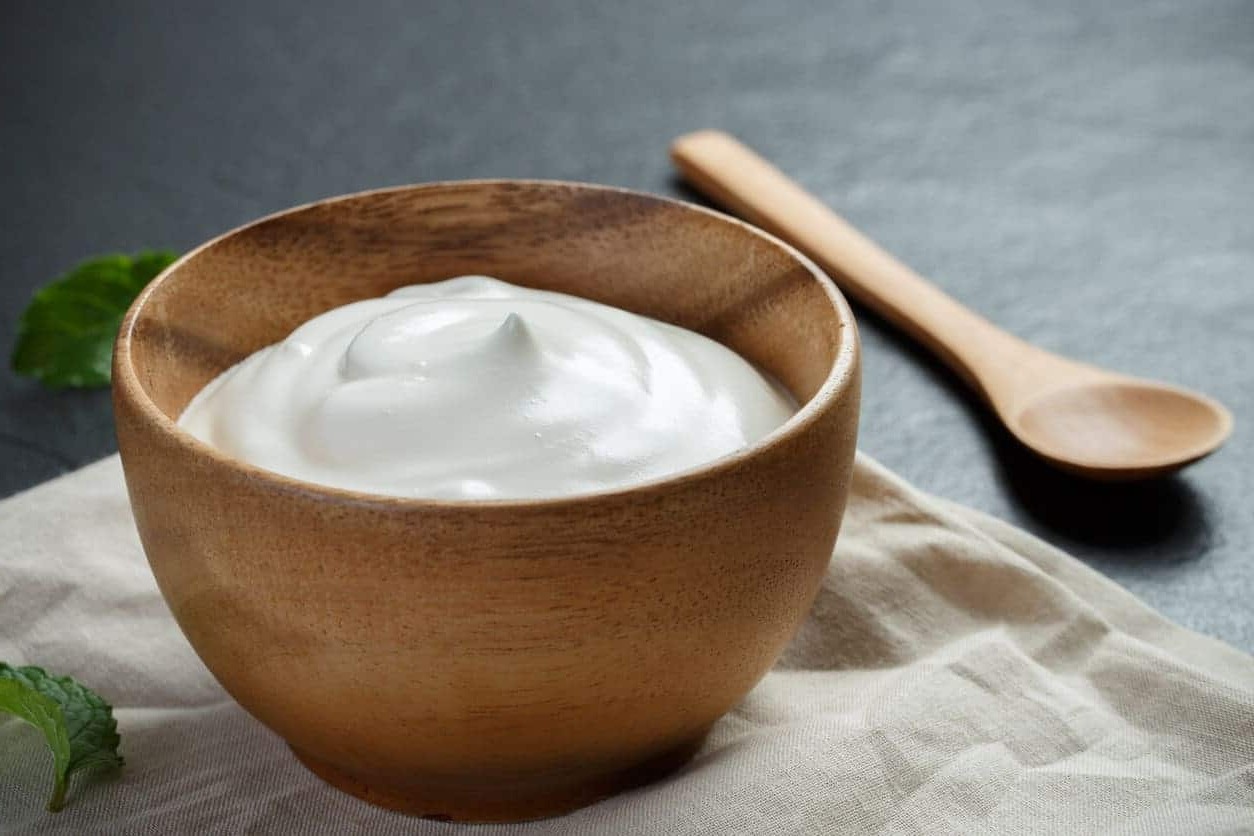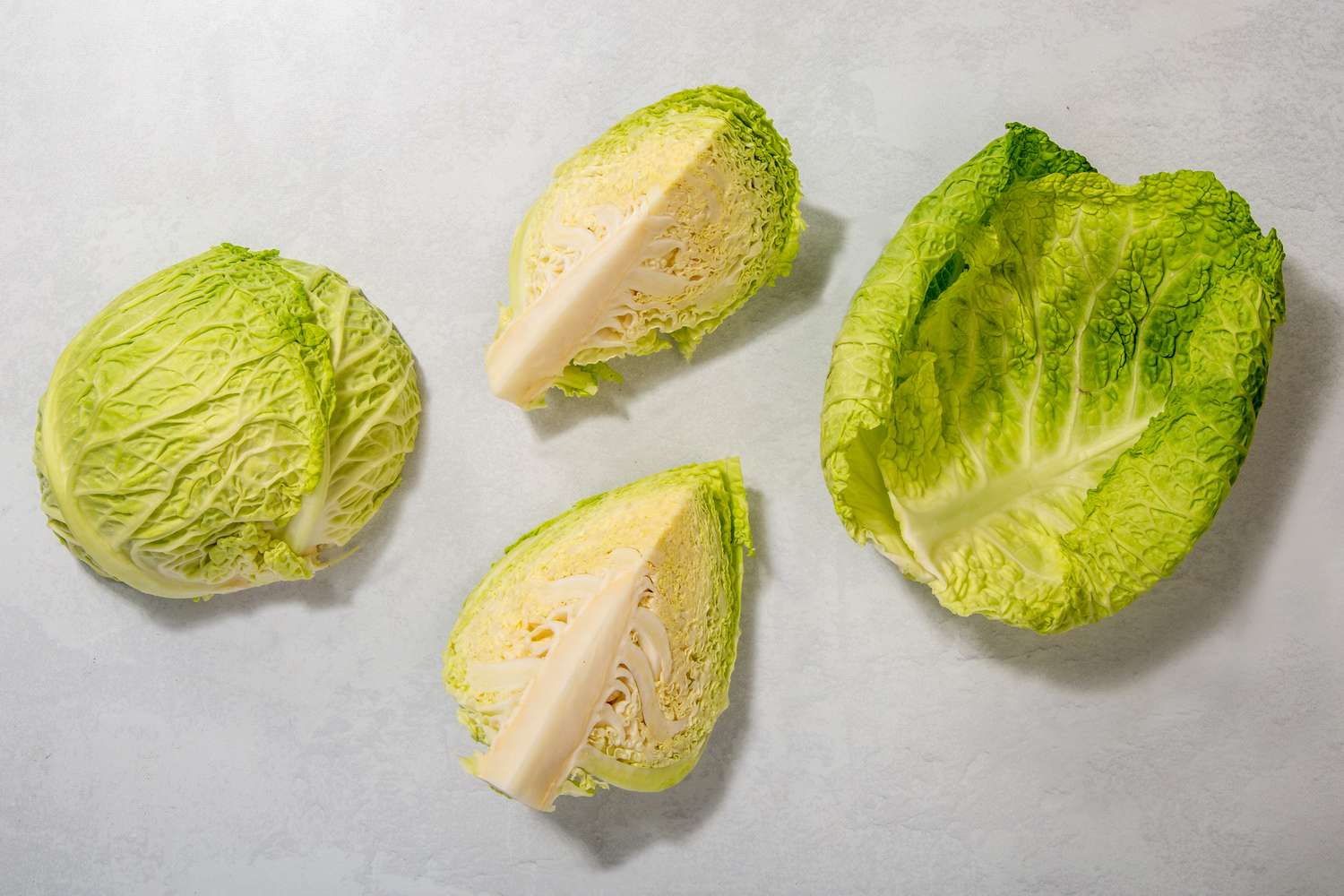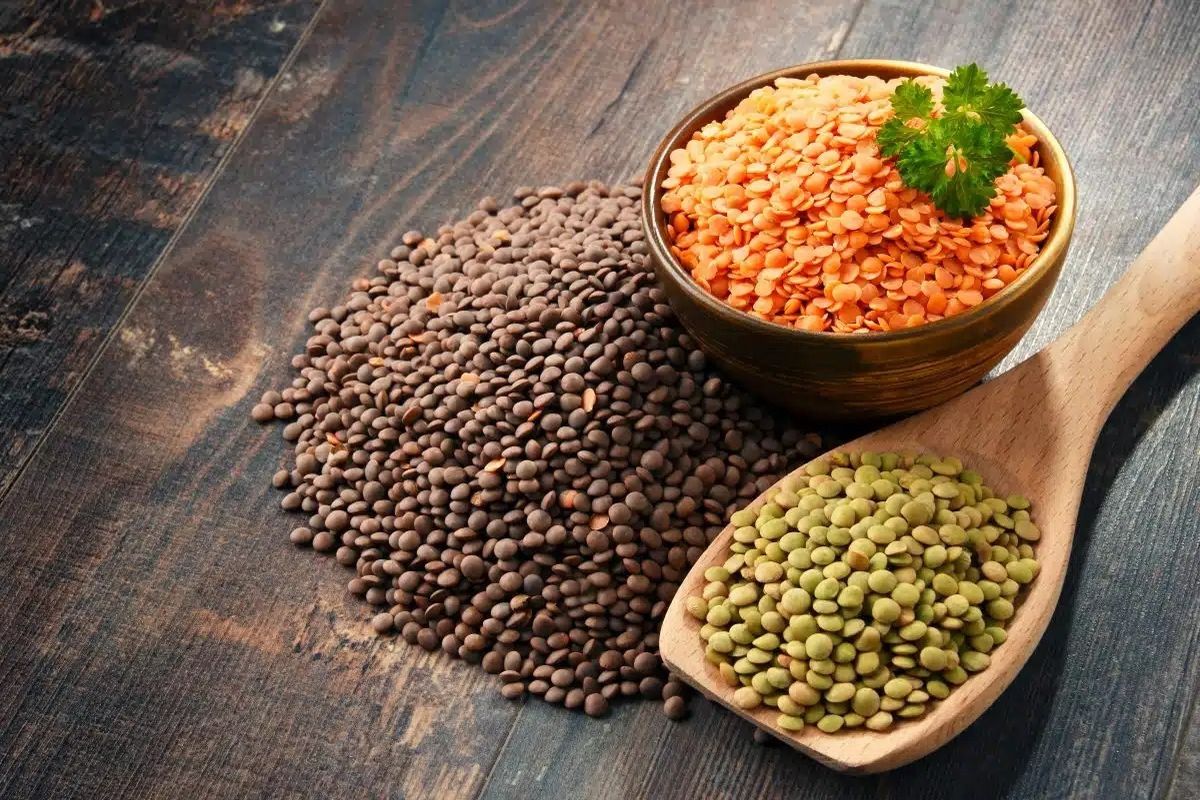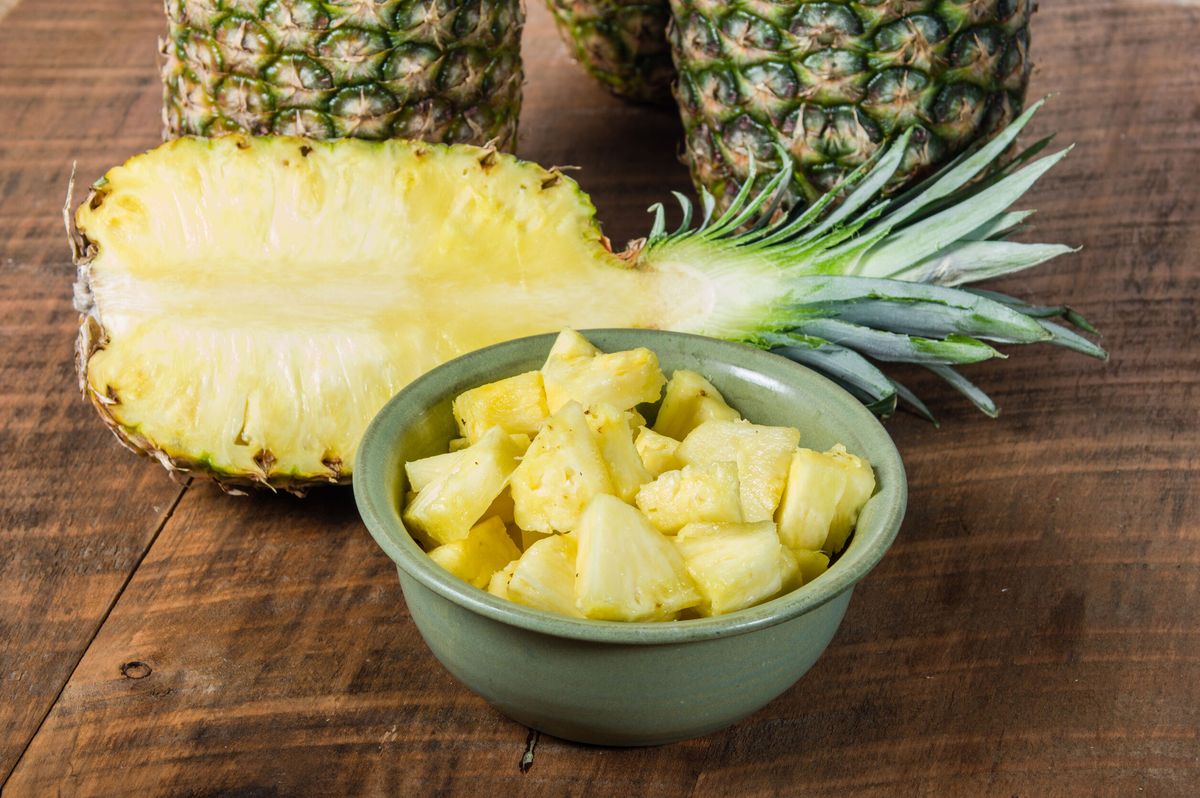Understanding Simmering Temperature in Cooking
When it comes to cooking, understanding the concept of simmering temperature is crucial for achieving delicious and perfectly cooked dishes. Simmering is a cooking technique that involves heating a liquid to a temperature just below boiling. This gentle cooking method is often used to develop flavors, tenderize meats, and create savory sauces. Let’s delve into the details of simmering temperature and how it impacts the cooking process.
Simmering Temperature Range
The ideal simmering temperature typically ranges between 180°F to 205°F (82°C to 96°C). At this temperature, the liquid in the pot will produce small bubbles that rise to the surface, but it won’t reach a rolling boil. Maintaining a consistent simmer is essential for allowing the flavors to meld together while preventing the ingredients from becoming overcooked or tough.
Benefits of Simmering
Simmering at the appropriate temperature offers several benefits, including:
- Enhanced Flavor: Simmering allows the ingredients to release their flavors slowly, resulting in a rich and well-developed taste.
- Tenderizes Tough Cuts of Meat: The gentle heat of simmering helps break down the connective tissues in meats, making them tender and succulent.
- Thickening of Sauces: Simmering causes the liquid to reduce, leading to the thickening of sauces and soups, creating a luscious texture.
Simmering Techniques
There are a few key techniques to keep in mind when simmering:
- Use a Lid: Covering the pot with a lid helps maintain the simmering temperature and prevents excessive evaporation.
- Adjust Heat: It’s important to regulate the heat source to keep the liquid at a steady simmer. This may involve lowering the heat or using a diffuser to distribute the heat evenly.
- Stirring: Gentle stirring during simmering ensures that the ingredients cook evenly and prevents sticking or burning at the bottom of the pot.
Common Simmering Recipes
Simmering is a fundamental technique in numerous recipes, including:
- Homemade Stocks and Broths: Simmering bones, vegetables, and aromatics creates flavorful stocks and broths that form the base of many dishes.
- Braises: Slow-cooking tough cuts of meat in a flavorful liquid at a simmer yields tender and succulent results.
- Tomato Sauces: Allowing tomato sauces to simmer for an extended period enhances their depth of flavor and thickens the consistency.
Conclusion
Understanding the simmering temperature and its role in cooking is essential for mastering a wide range of dishes. By maintaining the ideal simmering temperature and employing proper techniques, you can elevate the flavors and textures of your culinary creations. Whether you’re preparing a hearty stew, a velvety sauce, or a comforting soup, the art of simmering is a valuable skill that every home cook should embrace.
Next time you’re in the kitchen, remember the magic of simmering and the transformative power it holds for your cooking endeavors.
Was this page helpful?
Read Next: What Is A Substitute For Wondra Flour



